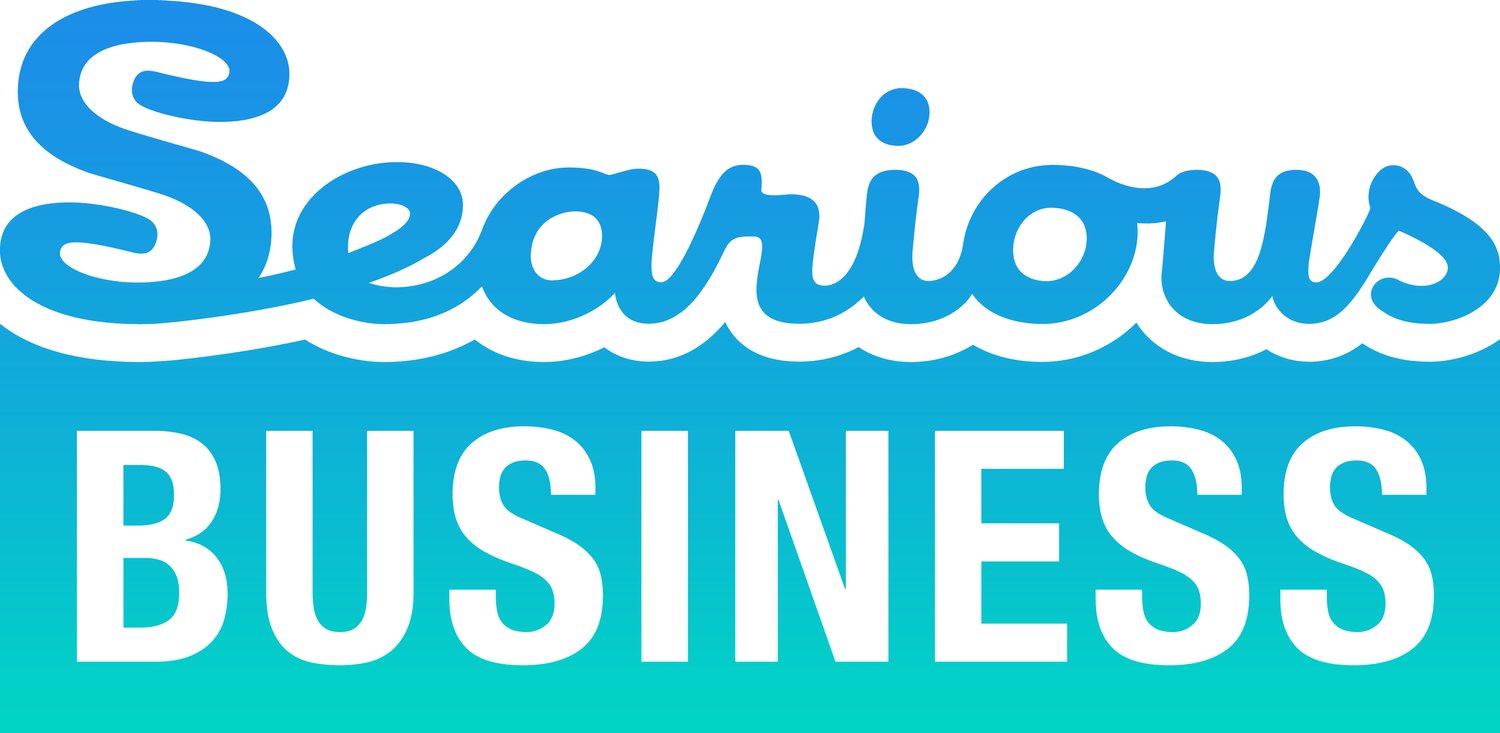Willemijn Peeters: "Refill requires behavioural change and a solid plan"
Originally published in Verpakkingsmanagement magazine.
What began as a mission to combat plastic soup grew into Searious Business, a global consultancy helping companies make their plastic packaging circular. Reuse and refill concepts play a key role in that. According to Willemijn Peeters, many companies underestimate what this requires. “You have to treat it like a full-scale product launch – otherwise, failure is likely.”
Her consultancy is based in the Netherlands, but Peeters often works outside of Europe. “I expected more demand in Europe because of the PPWR (Packaging and Packaging Waste Regulation). But companies are hesitant. In other regions, there’s real momentum behind these kinds of developments – from bottlers, for example. They're seriously investing in refillable bottles for water and soft drinks. If done at sufficient scale, and supported by regulation, it's a much smarter business case to adopt. At Searious Business, we want to help brands make their packaging more sustainable.”
It often starts with the packaging portfolio: where can we reduce material through design or usage? “Then I look at: what materials are being used? Can I build a reuse system around them or ensure effective recycling? How do I keep those materials in a closed loop? That’s what it’s all about. That’s what drives me. And that’s how we support companies all over the world.”
Refill Projects Falling Short
Speaking of reuse – in the Netherlands, many refill projects are failing. “Lidl tested refill stations for soap and food, but has since stopped. Disappointing, but not surprising.” Peeters observes that such pilots are often launched without fully thinking through the entire system. “Companies think: we’re in a linear economy, and we’ll just throw a sustainable loop around it.”
According to her, you can’t see reuse as separate from the broader system. “It’s not just the packaging. You need traceability, efficient return flows, a cleaning protocol, and a system to retrieve full containers at the right time. You have to integrate that into your existing logistics.”
Behavior: A Crucial Factor
But perhaps even more important than technology is behavior. “Consumers need to understand it, find it easy, and feel that it brings them something – convenience, savings, or simply a good feeling.” At Searious Business, we explicitly factor in behavior. “We had our team trained by behavioral experts. Because consumers sometimes avoid using refill stations out of fear of spilling something, or simply not knowing how it works. Uncertainty, embarrassment – these are powerful barriers.”
Often, the issue lies in communication. “How big are the dispensers? What should store staff do? What do you expect from the customer? That’s often not explained clearly enough. And that’s where things tend to go wrong.”
Don't Experiment Alone
Peeters is strongly critical of companies’ tendency to “figure it out themselves.” “You wouldn’t do your own accounting without expertise – you’d hire someone. It should be the same with setting up circular systems. You need proper know-how.”
What’s needed is a thorough analysis of the prerequisites. “What are the volumes? Where’s the tipping point at which it becomes profitable? What levers can you pull to influence consumer behavior?”
Treat it Like a Product Launch
Peeters emphasizes that reuse requires a serious approach. “Treat it like launching a new product. When you introduce something new, there’s always budget for marketing, training, and communication. Do the same here. Because it’s not an afterthought – it is the product.”
It only works when the whole picture fits. “People need to understand what they’re doing, why, and what they gain from it. You can explain that digitally or via staff in the store. But the message must be clear.”
Refill vs. Prefill
Peeters differentiates between refill stations and prefill systems, where packaging is pre-filled and returned after use. “A prefill concept is often more accessible. Especially in combination with online retail – returns can be collected during the next delivery. That makes it much simpler in terms of logistics and user experience.”
In hospitality, reuse is already more common, she says. “The system is often closed there, so it makes more sense. In retail, it’s more complex. You really need to know what suits the product, the customer, and the context.” She highlights the commercial advantages: “You get much more customer contact. People don’t want to think about their toothpaste or shampoo. They want convenience. If you offer that via a subscription model – like coffee pods – you can build customer loyalty.”
That’s where the power of reuse lies, according to her: it combines sustainability with brand engagement. “If you do it right, you can even turn it into a premium product.”
A Serious Strategy is Needed
So how can Europe gain more momentum in this movement? “In France and Germany, there’s more of a strategic approach – it’s more embedded in practice. In the Netherlands, it’s still too non-committal. We need a serious strategy, with clear implementation and accompanying communication.”
What gives her hope is the combination of legislation and consumer demand. “There’s a growing group of European consumers asking for this. And regulators are tightening requirements. This is no longer a niche – it’s becoming the new standard.”

